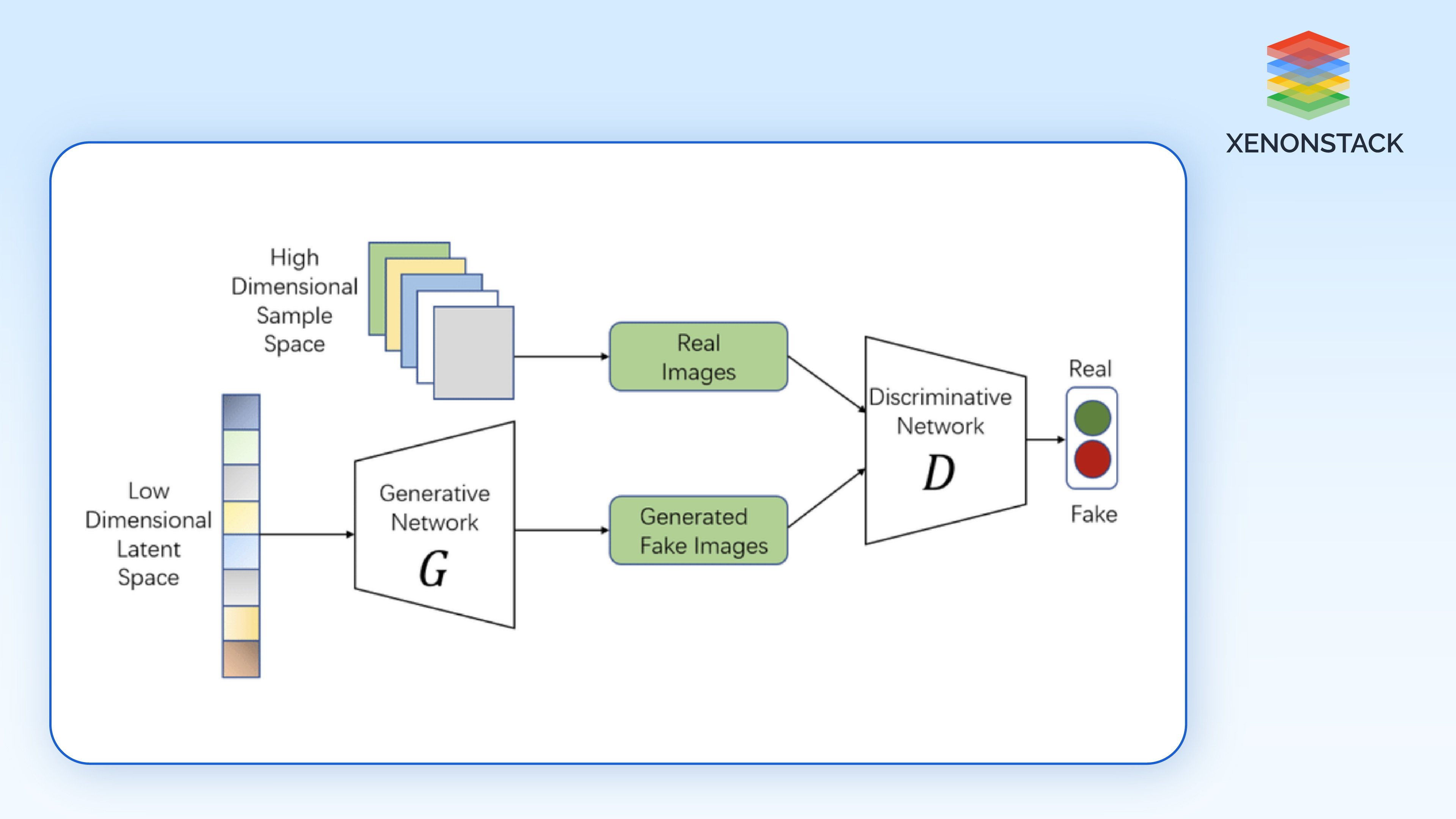The evolution of generative AI began with Generative Adversarial Networks (GANs), introduced in 2014, and has progressed to the development of Transformer models, which have revolutionized natural language processing and expanded into multimodal AI applications.
GANs consist of two neural networks—a generator that creates synthetic data and a discriminator that evaluates whether the data is real or fake. These networks train adversarially, improving through competition until the generator produces data indistinguishable from real data. GANs excel at generating realistic images, videos, and voices by learning data attributes and refining outputs through iterative feedback from the discriminator.
The Transformer architecture, introduced later, shifted the focus from adversarial training to attention mechanisms that process data in parallel, enabling models like GPT (Generative Pre-trained Transformer) to excel in understanding and generating natural language. Transformers have since expanded generative AI capabilities beyond images to text, audio, and multimodal tasks, offering greater scalability and versatility compared to GANs.
This evolution marks a transition from GANs' creative duel framework to Transformers' powerful sequence modeling and parallel processing, opening new frontiers in generative AI research and applications. Hybrid models combining GANs and Transformers are also emerging, leveraging strengths from both architectures.
In summary:
| Aspect | GANs | Transformers |
|---|---|---|
| Introduced | 2014 by Ian Goodfellow et al. | 2017 by Vaswani et al. (Transformer paper) |
| Core Mechanism | Adversarial training between generator and discriminator | Self-attention mechanism for sequence modeling |
| Strengths | Realistic image, video, and audio generation | Natural language understanding and generation, multimodal AI |
| Training Style | Competitive, iterative improvement | Parallel processing, pre-training and fine-tuning |
| Applications | Image synthesis, style transfer, voice generation | Language models (GPT), translation, summarization, multimodal tasks |
This progression reflects generative AI’s shift from domain-specific data synthesis to versatile, large-scale language and multimodal generation, shaping the future of AI capabilities.




















WebSeoSG offers the highest quality website traffic services in Singapore. We provide a variety of traffic services for our clients, including website traffic, desktop traffic, mobile traffic, Google traffic, search traffic, eCommerce traffic, YouTube traffic, and TikTok traffic. Our website boasts a 100% customer satisfaction rate, so you can confidently purchase large amounts of SEO traffic online. For just 40 SGD per month, you can immediately increase website traffic, improve SEO performance, and boost sales!
Having trouble choosing a traffic package? Contact us, and our staff will assist you.
Free consultation